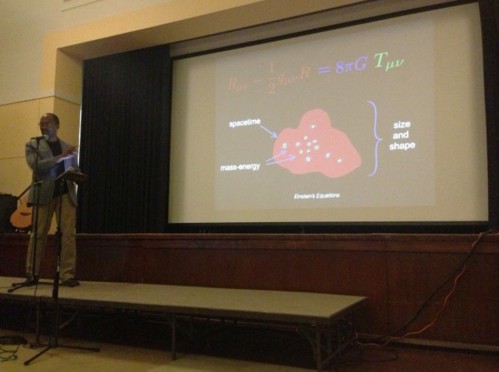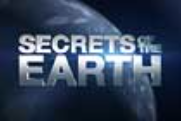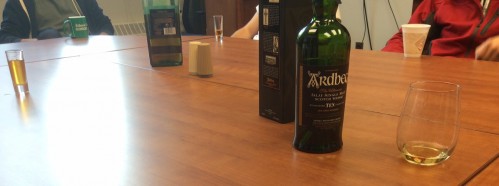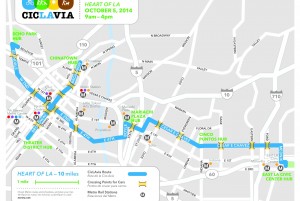I’m a fan of Chris Nolan’s work so I’ve been looking forward to Interstellar. I’ve also been fascinated by the McConaussance – the transformation of Matthew McConaughey into an actor of considerable stature in a series of excellent films (Mud, Dallas Buyers Club, etc…), so I’ve been doubly interested in seeing how he works in a film under Nolan’s direction. Same for the always amazing Casey Affleck. All quite exciting to see.
But then to my surprise it turns out there’s another reason to be interested. Kip Thorne. Some years ago, at a party when I last saw him, Kip told me that he had been working on some film or other with a major studio, but I did not know the details. Then I ran into a mutual friend a couple of months ago who said something a long the lines of “Kip’s movie is coming out soon…”, and I learned that it was something to do with Interstellar! But I did not know any details.
Then I got sent* this Wired story, and then** this story, and I finally got around to looking. The Wired story has a lot of interesting detail, including a special film (that I ought to look at at) with interviews and behind the scenes material (the still to the right is a screen shot from it).  The film will apparently feature a black hole and a wormhole in some way (I don’t want to know more – I like films to unfold in front of me in the theatre). Kip has been working with the visual effects people to get right exactly how such objects really look, an issue that has not really been fully addressed, it seems. He, like a number of us interested in science and film, is keen to help filmmakers really do a good job of representing some of these fascinating objects as accurately as possible. (Not, in my view, in order to stifle filmmakers’ imagination, as it so often seems when you hear scientists out there pontificating about what’s wrong in one film or another, but because the actual science is so very often far more interesting and full of delights and possibility than a visual effects kluge can be…) So apparently he wrote down Click to continue reading this post →
The film will apparently feature a black hole and a wormhole in some way (I don’t want to know more – I like films to unfold in front of me in the theatre). Kip has been working with the visual effects people to get right exactly how such objects really look, an issue that has not really been fully addressed, it seems. He, like a number of us interested in science and film, is keen to help filmmakers really do a good job of representing some of these fascinating objects as accurately as possible. (Not, in my view, in order to stifle filmmakers’ imagination, as it so often seems when you hear scientists out there pontificating about what’s wrong in one film or another, but because the actual science is so very often far more interesting and full of delights and possibility than a visual effects kluge can be…) So apparently he wrote down Click to continue reading this post →































